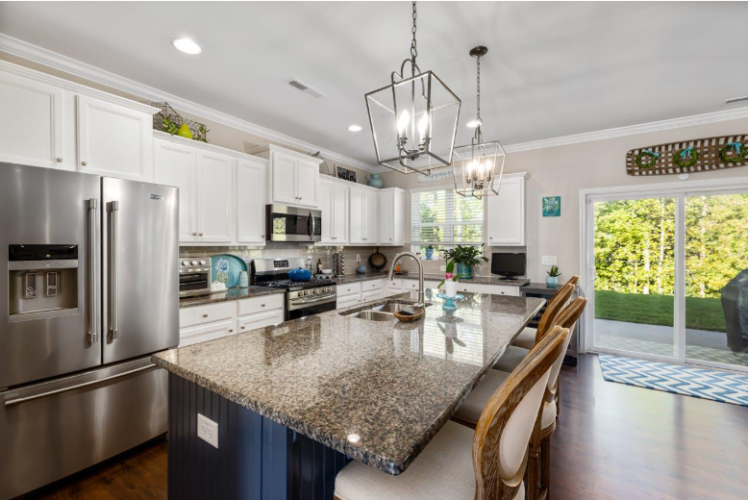When each space of your home connects seamlessly to the next, you’ll notice how much more relaxed and comfortable you feel in your own environment. Creating this unified aesthetic doesn’t require a complete overhaul or enormous budget.
Instead, it’s about making thoughtful choices that tie your spaces together while still allowing each room to have its own personality. The magic happens when you can walk through your home and feel like everything belongs together.
This doesn’t mean every room needs to look identical, but rather that there’s an invisible thread connecting each space.
Invest in Home Remodeling for Architectural Continuity
The bones of your home set the stage for everything else. When trim styles, door designs, and architectural details match throughout your space, you create an immediate sense of flow that visitors will notice the moment they walk in.
Consider getting home remodeling services for all your interior doors to the same style and finish, or ensuring that baseboards and crown molding have consistent profiles from room to room. Window treatments also play a crucial role in architectural continuity.
Installing the same style of blinds or similar curtain hardware throughout creates visual rhythm. Even small details like switch plates and outlet covers in matching finishes contribute to this unified foundation.
Choose Your Color Palette Wisely
A well-planned color scheme acts as the invisible glue holding your entire home together. Pick three to five colors that you love and use them in varying proportions throughout different rooms. Your main neutral might dominate in living areas, while accent colors can take center stage in bedrooms or bathrooms.
Think beyond just wall colors when planning your palette. Consider how furniture, artwork, and decorative objects will contribute to your overall scheme. You might choose a warm gray as your primary neutral, then weave in soft blues and warm whites throughout your home in different ways.
Perform Kitchen Design to Complement the Whole
Your kitchen design often serves as the heart of your home, so its design choices should reflect and enhance your overall aesthetic.
Cabinet hardware that matches fixtures used elsewhere, countertop materials that echo colors found in other rooms, and backsplash choices that complement your established palette all help integrate this important space.
Kitchen islands and bar stools offer opportunities to repeat furniture styles or colors used in adjacent spaces. Even small appliances in coordinating finishes contribute to the overall cohesive feel.
Create Flow with Consistent Flooring
Nothing disrupts visual flow quite like jarring transitions between different flooring materials. While you don’t need identical flooring everywhere, aim for materials that complement each other in tone and style.
Hardwood floors in similar tones can run throughout main living areas, while coordinating tile in bathrooms and kitchens maintains the overall aesthetic. If budget constraints mean working with existing floors, area rugs become your best friend.
Layer in Thoughtful Accessories
Accessories are where you can really have fun while reinforcing your cohesive theme. Repeated materials like brass fixtures, ceramic vases, or woven textures create subtle connections between rooms.
You might use similar patterns in different scales, or repeat a specific shape in various forms throughout your space. Consider these unifying elements:
- Similar picture frame styles or finishes
- Consistent metal tones in hardware and fixtures
- Repeated textures like linen, wood, or natural fibers
- A signature pattern used sparingly throughout different rooms

